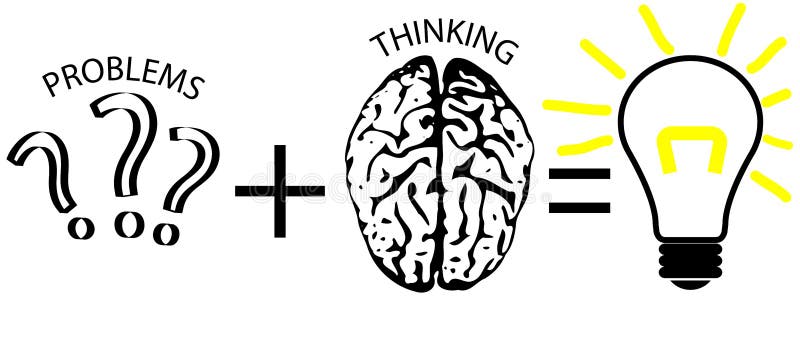Basic concepts of OOP- Java/C++
Basic concepts of OOP C++/java-Object Oriented Programming
The concept of computer programming languages is
highly in demand nowadays the technology is completely based on programming
languages and these programming languages are major source of software
development and maintenance.
Object oriented programming OOP:
Object oriented programming is a combination of that attributes, functions and methods combine and make an object oriented programming is class based language all the data attributes and functions are defined in the class. There are many languages which are used in object oriented programming for example Java, Python, C++. If you and understand using a simple example for example a class of human will contain attributes to represent information about that human like that persons age, his name, his height, his education. Each class contains a unique name and the attributes of that class are present inside it. Object Oriented programming is used by the developers as a tool to develop he was in classes in capsulation and different here we will discuss the most important basic concepts of object oriented programming OOP. There are four basic concepts of object oriented programming: in capsulation, inheritance, polymorphism and obstruction.
Encapsulation:
In capsulation means to
hide or to protect this concept is used in object oriented programming in which
by encapsulating your class you can protect your class members attributes and
functions. To achieve in capsulation you need to keep your class private so
that you would get a numbers and functions remains private and cannot be
accessed directly.
For
example:
Class human {
Private
Int a;
Public
Void set (int x)
{a=x;}
Abstraction:
Obstruction is an
important feature of object oriented programming obstruction is used for
displaying only the important information and hiding the other details that I
need to be private. Abstraction refers to give only important information about
data to the world and hiding The details that are present in the background
implementation.
For
example:
If you take in real life
examples to understand this concept for example a man is driving a car he
pressed the accelerator and the car increases its speed and when he plays the
break the car stops here the driver has only the knowledge to press the
Accelerator or break but he does not know the mechanism behind the accelerator
and the engine that how the speed of car increases when you press the
accelerator this is called obstruction.
Example:
class Abstraction {
private:
int w,b;
public:
void set(int l, int
m) {
w = l;
b = m; }
void display()
{
cout<<"w=
" <<w<< endl;
cout<<"b=
" << b<< endl; } };
int main() {
Abstraction
ob;
ob.set(11,22);
ob.display()
;
return 0; }
Inheritance:The ability of a class to
derive characteristics and attributes from another class is called inheritance
it is a very important feature of programming. Inheritance is the process in
which new classes are created from existing classes and new class is called derived
class or it is also called child class and the previous class is called base
class and parent class the derived class is inherited from the base class. The
inheritance of derived class from the parent class means it inherits all the
attributes and properties of parent class without any changing and can also add
new features according to requirements the new features added into the drive
class will not affect the parent class.
Example:
Code:
class man
{
char
name[20];
public:
void
set_a()
{
cout<<"Enter
Name:";
cin.get(name,20);}
void
display_a()
{
cout<<endl<<id<<name;}
};
class st: private man {
char
course[30];
int
fees;
public:
void
set_s()
{ set_s();
cout<<"Enter
book name:";
cin.getline(book,20);
cout<<"Enter
Fees:";
cin>>fees;
}
void
display_s()
{
display_l();
cout<<"s"<<
book <<"\t"<<fees;} };
Polymorphism:
Polymorphism means to have
different forms in easy language we can define polymorphism as the ability of
being displayed in more than one form if you take a real life example of
polymorphism like a human is a father at a time he’s also a husband the same
time and he is also a brother At the same time. So polymorphism means that a
person have different behaviors in different situations polymorphism.
Types:
- Compile time polymorphism
- Run time polymorphism
Run time polymorphism the
is a type of polymorphism which is achieved by using function overloading and
operator overloading method.
Example:
Sample code:
class man {
public:
void
function(int a {
cout <<
"value of a is " << a << endl;}
void
function(double a)
{
cout <<
"value of a is " << a << endl;}
void
function(int a, int b)
{
cout
<< "value of a and b is " << a << ", "
<< b << endl;} };
int main()
{
man
obj1;
object1.function(2);
object1.function(9.21);
object1.function(22,85);
return 0;
}
Dynamic binding:
In dynamic binding the code which
is to be executed as a response is decided at the time of compilation i.e.
runtime.



No comments
Thanks you